10 ways to see a different side of Spain
Whether you’re hoping to dance flamenco or searching for the perfect paella, the country boasts endless adventures for every traveler.

With diverse landscapes and unique cultures from coast to coast, Spain is a sea of endless discovery. Whether you’re an outdoor enthusiast or on a quest to taste the best paella, the country’s beaches, mountains, and urban centers offer something for even the most traveled visitor. Here’s what to add to the top of your Spain to-do list.
Road trip the Cantabrian Coast
A drive along the Cantabrian Sea—through the northern regions of Asturias and Cantabria— reveals some of Spain’s most untouched natural landscapes, where mountains kiss the ocean. Start in Cudillero’s colorful fishing village, making your way east on the Autovía del Cantábrico (A-8) along vertical cliffs to explore Asturias’s remote stone beaches, or relax on the golden sands of Ribadesella. Then it’s on to Cantabria for a jaunt through the charming town of Santillana del Mar, a misty hike just 25 miles inland in the Paciegos Valley, and cliff jumping in Faro del Caballo.

Feast at a Basque cider house
The Basques—the people of a small mountainous region on the northeastern coast—have been producing cider for centuries. Yet the cider house feast at the sagardotegi is a fairly recent but important pillar in modern Basque culture. “More than anything, the sagardotegi is a social gathering for us,” says Iker Bardaji of Basque Guides. From January through April, locals gather in cozy taverns to taste freshly decanted barrels and eat salt cod omelets and two-pound T-bone steaks. Places like Petritegi Sagardotegia-Bodega or Restaurante Barkaiztegi near San Sebastián are open all year round, but Bardaji takes visitors to local haunts for the standing-room-only communal experience in cider house season.
Trek the Camino de Santiago
Once a religious pilgrimage, the St. James Way is now a trekking route for avid backpackers and spiritual seekers alike. Nine central trails lead to the towering Baroque cathedral in Santiago, the capital of the northwestern region, Galicia. The most popular route is a roughly 70-mile walk from Sarria through verdant forests and stone villages, but longer routes from Portugal or along the northern coast on the Camino del Norte are not to be ignored. Along the way, pilgrims can revel in Galician hospitality with a smattering of affordable albergues—hostel-like accommodations— and excellent traditional eateries.
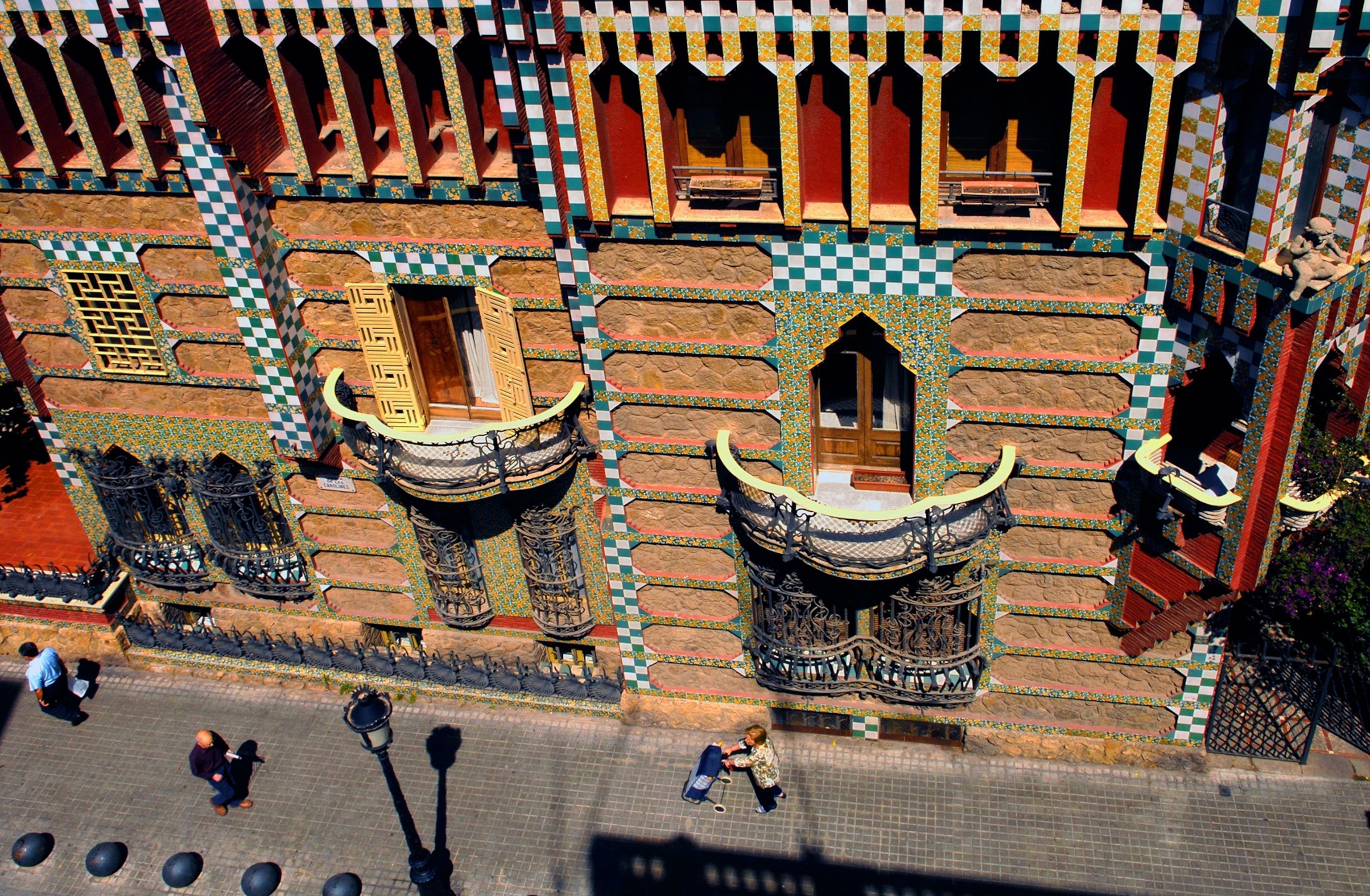
Explore the world of Gaudí
The Sagrada Familia cathedral and Parc Güell are iconic stops in Barcelona. But for a deeper dive into the world of Catalan architect Antoni Gaudí, Barcelona guide Francesc Garcia recommends some lesser visited masterpieces in the area likec, Casa Vicens, Palau Güell, and Bellesguard. “These other projects are examples of designs Gaudí couldn’t explore in the Sagrada Familia.” says Garcia. “Here he could take more risks.”

Boat Mallorca’s hidden coves
Part of the Balearics archipelago, the island of Mallorca boasts stunning rock formations, turquoise waters, and unspoiled coves. Parking spots at the most popular coves like Cala Deiá or Cala Formentor can fill up quickly in high season, so boat along the coast for access to the island’s prime secluded beaches and privileged views of the Tramuntana Mountains. Sóller Charters offers a number of motor and sailboat rentals for those with boating licenses, as well as full or half-day charter experiences for a leisurely journey around the island.
(Here's everything you should know about visiting Spain.)

Tour rare volcanic wineries
Wine country doesn’t end at the peninsula. On Lanzarote, the most western island in the Canary archipelago, lies an arid and treeless landscape where electric vineyards rise up from the volcanic ash like welcomed invaders. “Perfect adaptation of successive generations of farmers on the island to such a hostile environment has fostered the existence of the most extreme and beautiful vineyards imaginable,” says local winegrower Asencion Robayna. Robayna recommends a tour at Bermejo, as well as visits to Bodega Cohombrillo and Erupción.
Discover Spain’s recent history through art
Picasso painted another side of Spain’s history beyond the conquistadors and royal ages of discovery. He created Guernica, now housed in the Museo Nacional Centro de Arte Reina Sofía in Madrid, for the 1937 Paris Exposition as a form of political protest to broadcast the realities of the Spanish Civil War to the world. “The painting is a universal depiction of war in black and white,” says Spanish history expert and guide Sean Retana Vallely of Context Tavel. “Black and white is the language of journalism and Picasso wanted to fight on equal terms.”
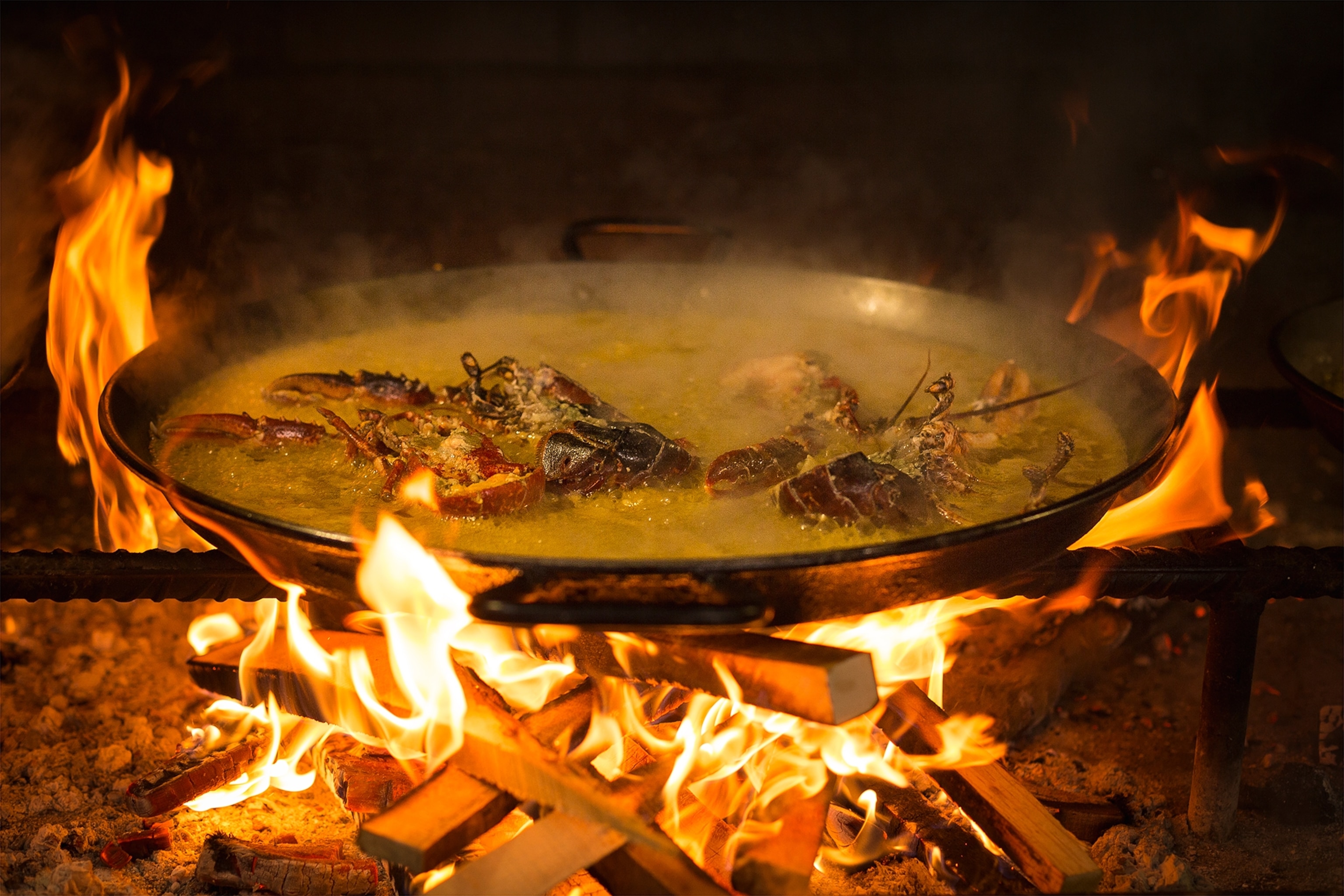
Eat authentic paella at its origin
Paella is Spain’s most emblematic dish, but it’s also the most adulterated. To taste the savory grains at their origin, head to the Valencia region, where fresh ingredients from land and sea heighten the local reverence for the culinary craft. “Rice is the heart of the Valencian community,” says María Luisa Rivera, lauded chef and owner of La Sastería restaurant in Alicante. “It’s emblematic of the area, a reflection of agricultural tradition, and a symbol of celebration.” In the Valencian capital, sample the wood-fired paellas at Casa Carmela. Food lovers can also follow Rivera’s advice for lunch at Casa Riquelme in Alicante or La Muralla in Tabarca.
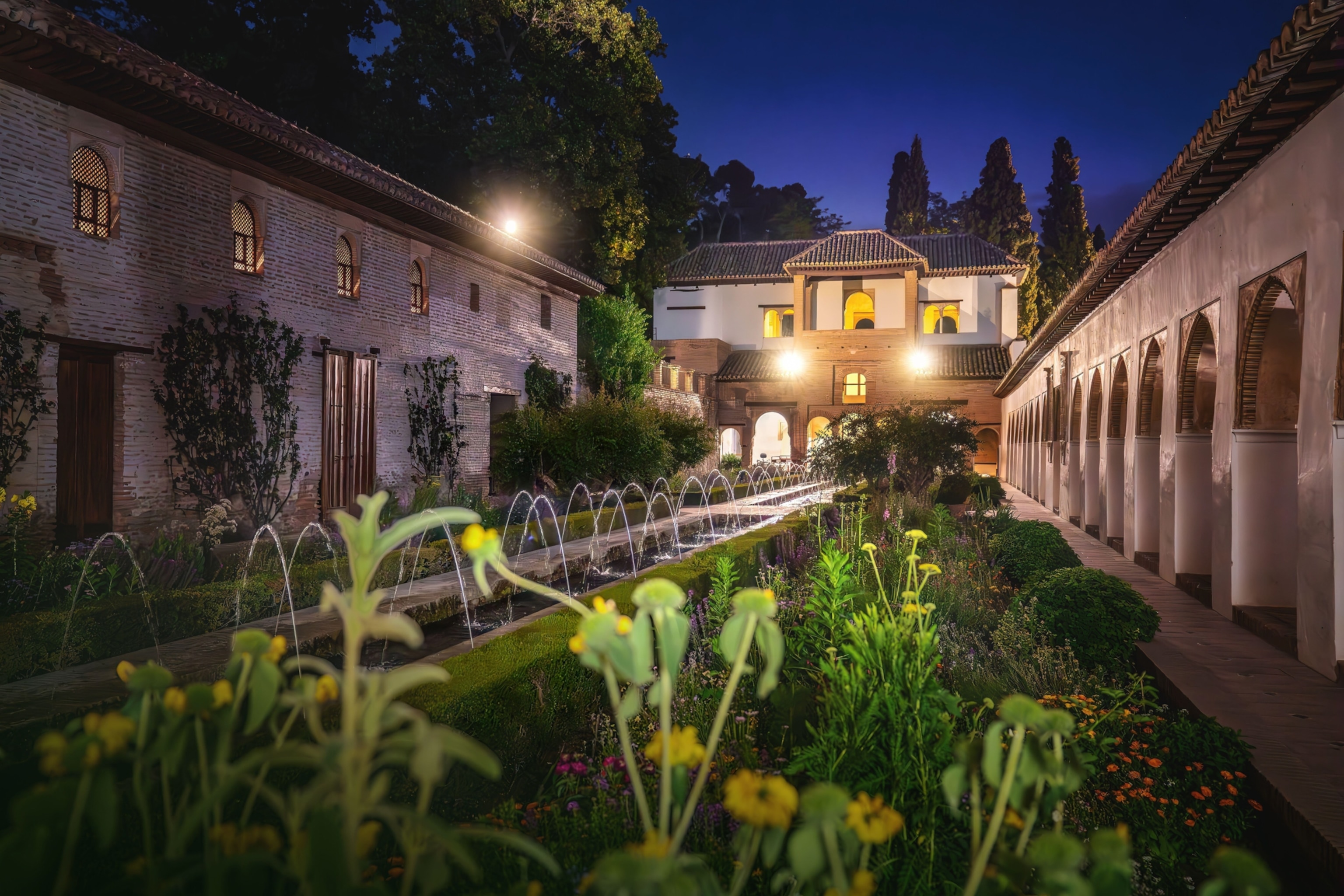
Visit the Alhambra palace by night
A symbol of the last days of Moorish reign in Spain, this majestic UNESCO World Heritage site glistens differently in the dark. “The night tour is simply magical,” says official guide Marta Sánchez Vera, who leads visitors through the Alhambra with Abaq DMC Spain. “It’s one of my favorite tours, as the illumination is carefully arranged for it to look like a dream.” For those visiting without a guide, Sánchez recommends booking tickets two months in advance.
Dance flamenco in Seville
You can catch a flamenco show anywhere in Spain. But with its origins in the south, Seville is the place to dive in headfirst. The city’s week-long spring fair, Feria de Abril, is the most vibrant display of flamenco fanfare, while intimate theaters throughout the city, like Teatro Flamenco Triana or Peña Flamenca Torres Macarena host regular performances. “Flamenco always surprises people; it's an art that expresses intense emotions,” says Eva Izquierdo, who hosts beginner flamenco classes for visitors at her studio I Show U Sevilla. “People who take a class later understand what they’re seeing on stage. It’s the best way to fully immerse yourself.”
(Find the best hotel in Spain to fit your travel style.)

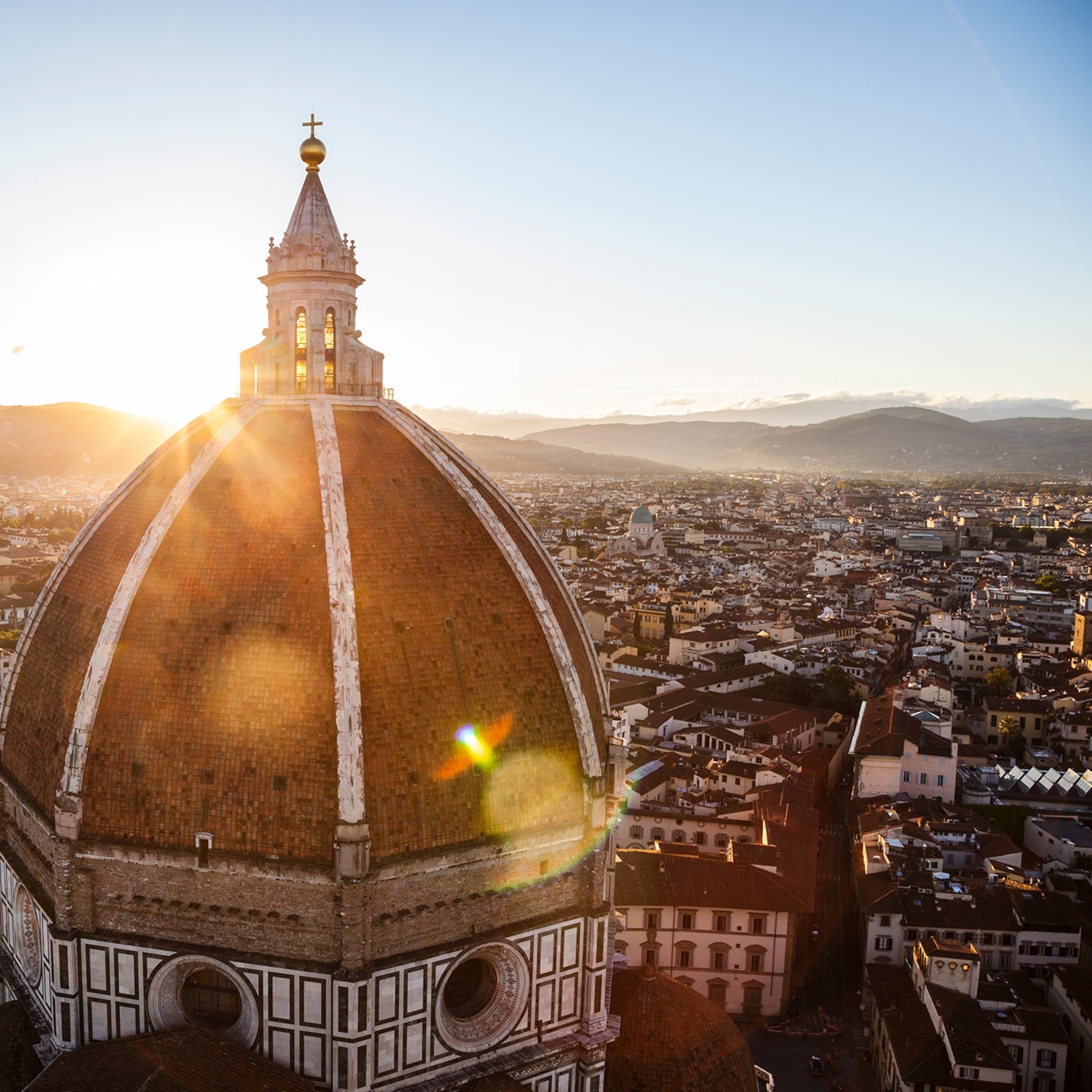
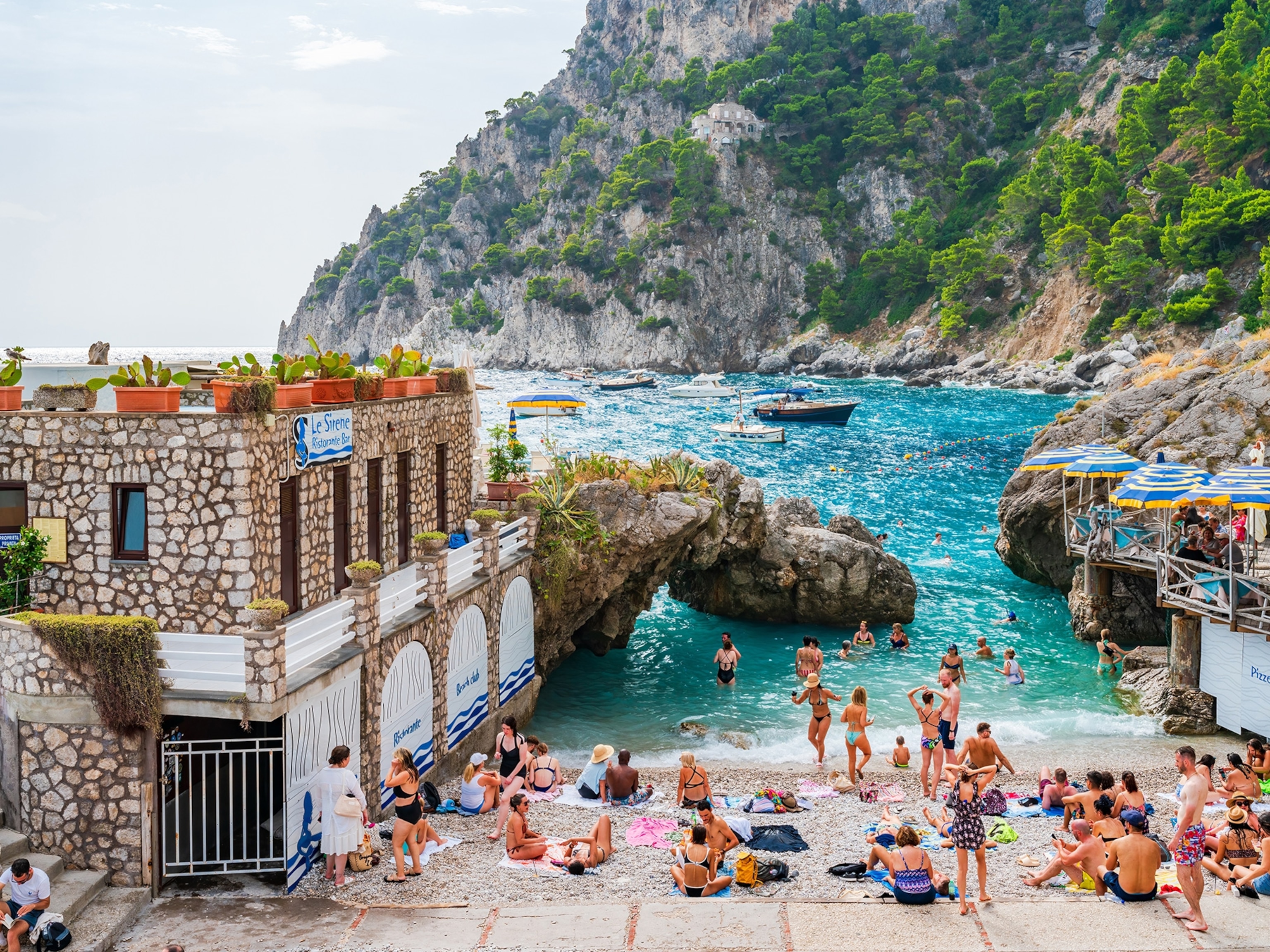
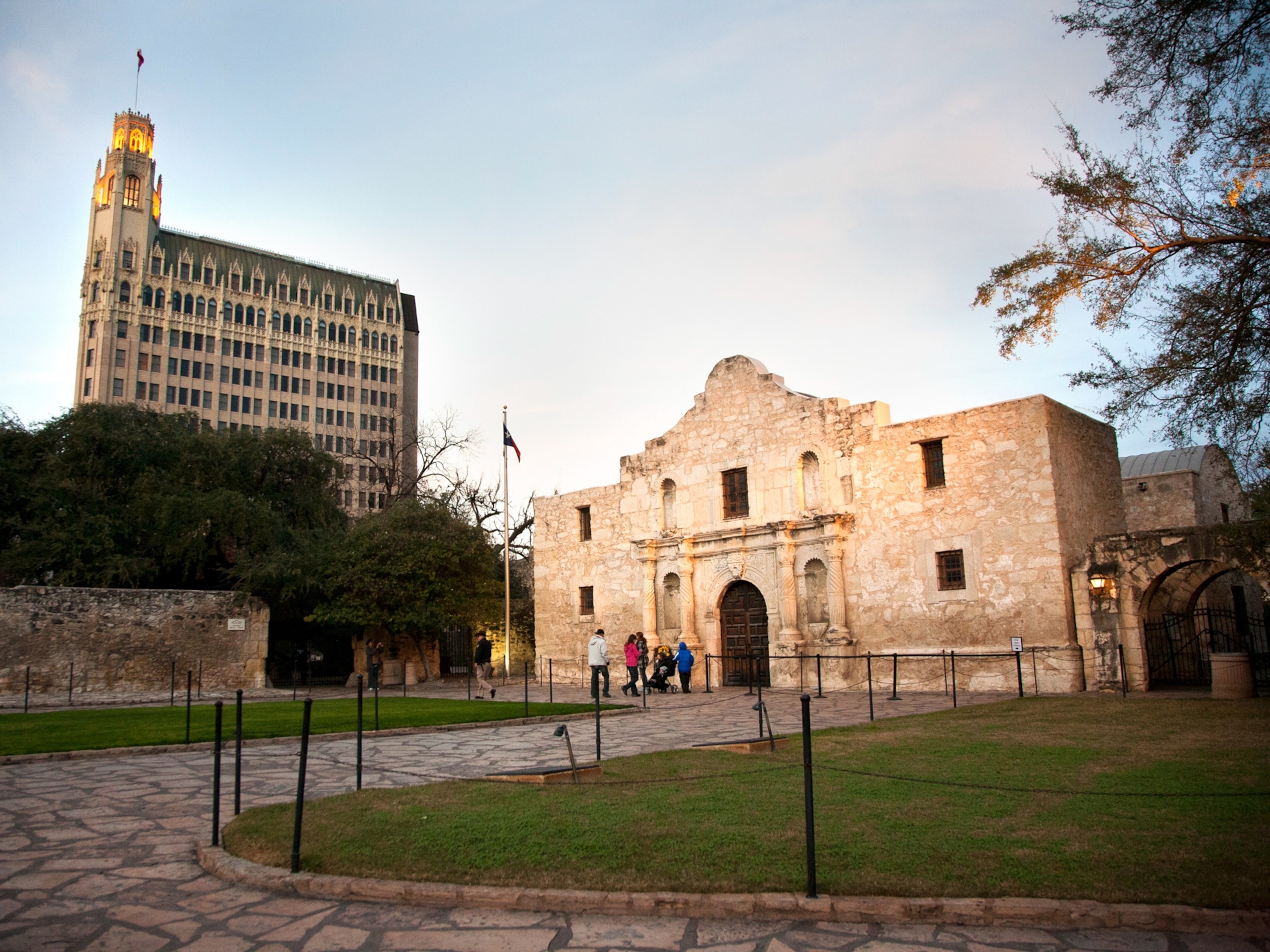

_4x3.jpg)
